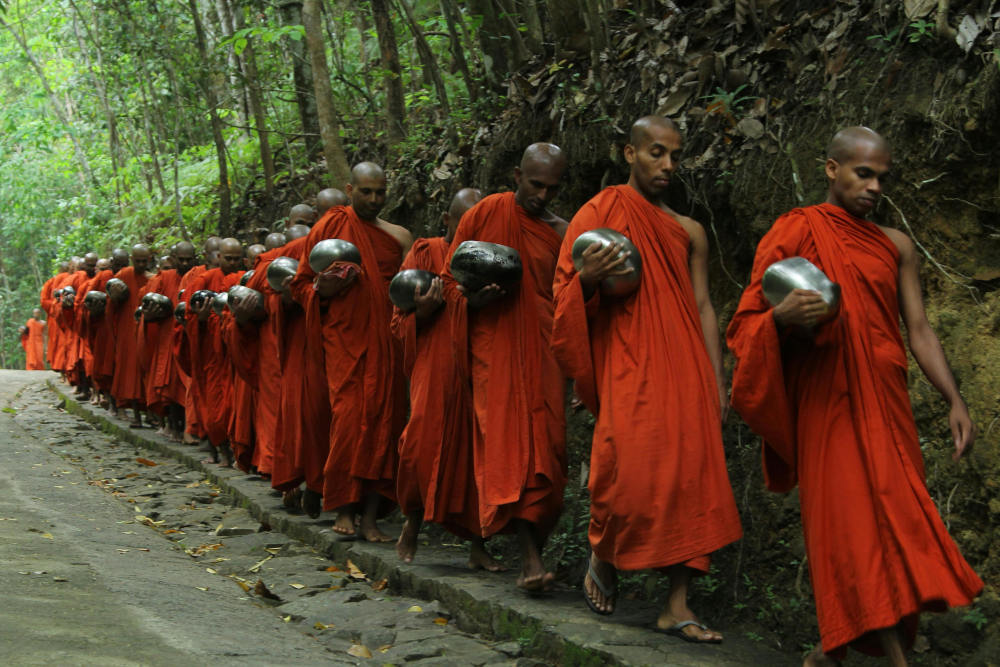
Der Vajrayana-Buddhismus, auch bekannt als „Diamantfahrzeug“ oder „Donnerkeilfahrzeug“, ist eine einzigartige und kraftvolle Form buddhistischer Praxis, die esoterische Lehren, Rituale und die direkte Erfahrung der Erleuchtung betont. Er gilt als der schnellste Weg zum Erwachen, erfordert aber Hingabe, Disziplin und die Anleitung eines qualifizierten Lehrers. Für Anfänger kann der Einstieg in die Welt des Vajrayana sowohl aufregend als auch herausfordernd sein. Dieser Leitfaden bietet eine Einführung in den Vajrayana-Buddhismus und beschreibt, wie man mit dem Studium und der Praxis dieser tiefgründigen Tradition beginnt.
Vajrayana-Buddhismus verstehen
Vajrayana ist ein Zweig des Mahayana-Buddhismus und wird hauptsächlich in Tibet, Nepal, Bhutan und der Mongolei praktiziert. Es beinhaltet Elemente des Tantra, der Symbolik und der Visualisierung von Gottheiten und unterscheidet sich dadurch von anderen buddhistischen Traditionen. Einige wichtige Aspekte sind:
-
Das Bodhisattva-Ideal – Wie das Mahayana betont auch das Vajrayana das Ziel, Erleuchtung zum Wohle aller Wesen zu erlangen.
-
Esoterische Praktiken – Die Lehren des Vajrayana sind oft geheim und werden nur durch die Initiation eines qualifizierten Lehrers (Guru oder Lama) weitergegeben.
-
Verwendung von Ritualen und Symbolen – Die Praktiken umfassen Mantras, Mudras (Handgesten), Mandalas und Gottheiten-Yoga.
-
Die Rolle des Gurus – Spirituelle Lehrer spielen eine entscheidende Rolle, indem sie Führung bieten und heiliges Wissen weitergeben.
Schritt 1: Eine solide Grundlage im Buddhismus entwickeln
Bevor man sich mit Vajrayana beschäftigt, ist es wichtig, die Grundlagen des Buddhismus zu verstehen. Anfänger sollten Folgendes studieren:
-
Die Vier Edlen Wahrheiten – Die Grundlage aller buddhistischen Lehren.
-
Der Achtfache Pfad – Ein Leitfaden für ein ethisches Leben und geistige Entwicklung.
-
Leere (Shunyata) – Der philosophische Kern von Mahayana und Vajrayana.
-
Der Bodhisattva-Pfad – Weisheit und Mitgefühl zum Wohle aller Wesen kultivieren.
Empfohlene Bücher für Anfänger:
-
Das Herz der Lehre Buddhas von Thich Nhat Hanh
-
Einführung in den Mittleren Weg von Chandrakirti (Kommentar des Dalai Lama)
-
Das tibetische Buch vom Leben und Sterben von Sogyal Rinpoche
Schritt 2: Einen qualifizierten Lehrer finden
Der Vajrayana-Buddhismus legt großen Wert auf die Beziehung zwischen Guru und Schüler. Ein Lehrer (oder Lama) bietet wichtige Anleitung und stellt sicher, dass die Praktiken richtig verstanden und ausgeführt werden. So finden Sie einen qualifizierten Lehrer:
-
Suchen Sie nach Lehrern aus etablierten tibetisch-buddhistischen Traditionen (Nyingma, Kagyu, Sakya, Gelug).
-
Nehmen Sie an Lehrveranstaltungen oder Exerzitien anerkannter Meister teil.
-
Studieren Sie die Herkunft und den Ruf des Lehrers, um seine Authentizität sicherzustellen.
-
Entwickeln Sie Vertrauen und Zuversicht, bevor Sie formelle Verpflichtungen eingehen.
Schritt 3: Beginn der Vajrayana-Praktiken
Sobald die Grundlagen gelegt sind, können Anfänger unter Anleitung eines Lehrers mit der Vajrayana-Praxis beginnen. Einige wichtige Anfängerpraktiken sind:
1. Zuflucht und Bodhisattva-Gelübde
-
Die Zufluchtnahme zu den Drei Juwelen (Buddha, Dharma, Sangha) markiert den formellen Eintritt in den Buddhismus.
-
Das Bodhisattva-Gelübde verpflichtet die Praktizierenden, sich für die Erleuchtung aller Wesen einzusetzen.
2. Mantras rezitieren
Mantras sind heilige Silben, die spirituellen Segen heraufbeschwören. Zu den häufigsten Mantras für Anfänger gehören:
-
Om Mani Padme Hum (Mitgefühl – Avalokiteshvara)
-
Om Tare Tuttare Ture Soha (Schutz – Grüne Tara)
-
Om Ah Hung Vajra Guru Padma Siddhi Hung (Guru Rinpoche – Padmasambhava)
3. Visualisierung und Gottheiten-Yoga
Vajrayana-Praktiken beinhalten die Meditation über erleuchtete Wesen (Buddhas und Bodhisattvas), um deren Qualitäten zu kultivieren. Anfänger können mit Folgendem beginnen:
-
Grüne Tara – Für Schutz und Mitgefühl.
-
Chenrezig (Avalokiteshvara) – Zur Kultivierung von Güte.
-
Guru Rinpoche (Padmasambhava) – Für spirituelle Führung.
4. Niederwerfungen und Mandalas
Körperliche Gesten der Hingabe, wie Niederwerfungen und das Darbringen von Mandalas, helfen dabei, Verdienste anzusammeln und Karma zu reinigen.
5. Vorbereitende Übungen (Ngöndro)
Ernsthafte Vajrayana-Praktizierende beginnen schließlich mit Ngöndro , einer Reihe grundlegender Übungen, die Folgendes umfassen:
-
100.000 Zufluchtsgebete
-
100.000 Niederwerfungen
-
100.000 Vajrasattva-Mantras zur Reinigung
-
100.000 Mandala-Opfergaben
Schritt 4: Ethik und Achtsamkeit im Vajrayana
Der Vajrayana-Buddhismus erfordert die Einhaltung ethischer Grundsätze:
-
Verpflichtung zu den fünf Geboten – Vermeiden Sie es, anderen zu schaden, zu stehlen, zu lügen, Rauschmittel zu verwenden und sexuellen Missbrauch zu vermeiden.
-
Achtsamkeit üben – Bewusstsein im Alltag kultivieren.
-
Die reine Wahrnehmung bewahren – Alle Wesen als von Natur aus erleuchtet betrachten.
Schritt 5: Sich einer Sangha (Gemeinschaft) anschließen
Vajrayana allein zu praktizieren kann schwierig sein. Der Beitritt zu einer unterstützenden buddhistischen Gemeinschaft hilft:
-
Nehmen Sie an Meditationssitzungen in einem örtlichen Dharma-Zentrum teil.
-
Nehmen Sie an Online-Unterrichtseinheiten authentischer tibetischer Lehrer teil.
-
Nehmen Sie an Retreats teil, um Ihre Praxis zu vertiefen.
Herausforderungen für Anfänger
-
Komplexität der Lehren – Vajrayana beinhaltet tiefe philosophische Konzepte und symbolische Praktiken.
-
Notwendigkeit eines Lehrers – Das Selbststudium ist begrenzt; eine ordnungsgemäße Übertragung erfordert einen qualifizierten Lama.
-
Engagement und Disziplin – Fortgeschrittene Praktiken erfordern jahrelange Hingabe.
-
Kulturelle Anpassung – Westliche Praktizierende haben möglicherweise Schwierigkeiten mit tibetischen Ritualen und Traditionen.
Abschluss
Der Vajrayana-Buddhismus bietet einen kraftvollen und transformativen Weg zur Erleuchtung, erfordert jedoch sorgfältiges Studium, Anleitung und aufrichtige Hingabe. Anfänger sollten zunächst ein solides Fundament in buddhistischer Philosophie aufbauen, einen qualifizierten Lehrer aufsuchen und sich schrittweise mit den Kernpraktiken befassen. Mit diesem strukturierten Ansatz können neue Praktizierende den Vajrayana-Pfad mit Klarheit und Zuversicht beschreiten.
War dieser Artikel hilfreich für Sie? Bitte teilen Sie uns in den Kommentaren unten mit, was Ihnen gefallen oder nicht gefallen hat.
About the Author: Alex Assoune
Wogegen Wir Kämpfen
Weltweit-Konzerne produzieren in den ärmsten Ländern im Übermaß billige Produkte.
Fabriken mit Sweatshop-ähnlichen Bedingungen, die die Arbeiter unterbezahlt.
Medienkonglomerate, die unethische, nicht nachhaltige Produkte bewerben.
Schlechte Akteure fördern durch unbewusstes Verhalten den übermäßigen Konsum.
- - - -
Zum Glück haben wir unsere Unterstützer, darunter auch Sie.
Panaprium wird von Lesern wie Ihnen finanziert, die sich unserer Mission anschließen möchten, die Welt völlig umweltfreundlich zu gestalten.
Wenn Sie können, unterstützen Sie uns bitte monatlich. Die Einrichtung dauert weniger als eine Minute und Sie werden jeden Monat einen großen Beitrag leisten. Danke schön.











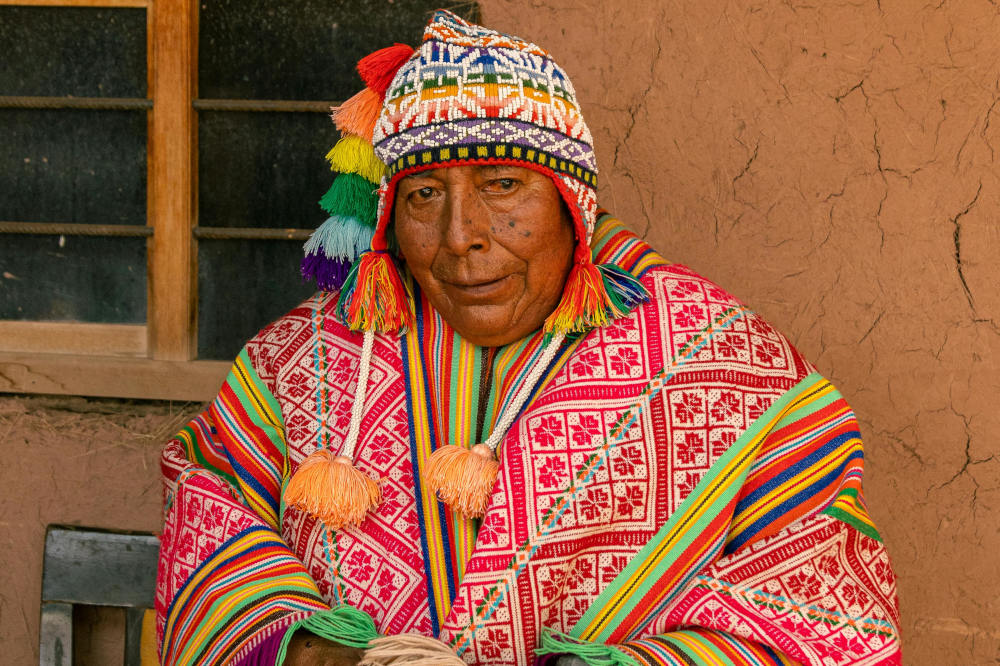






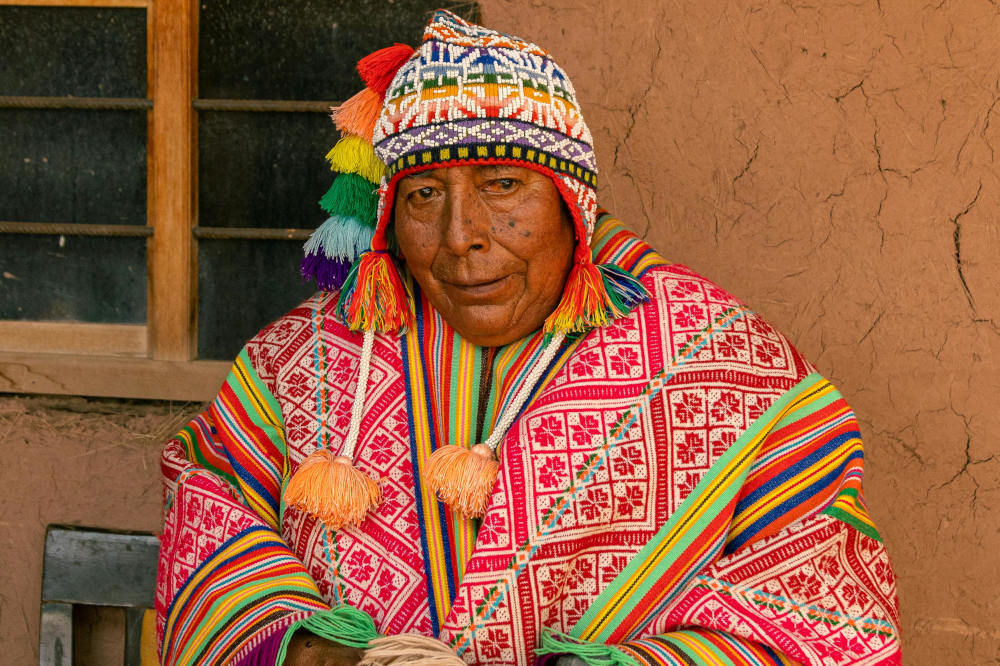








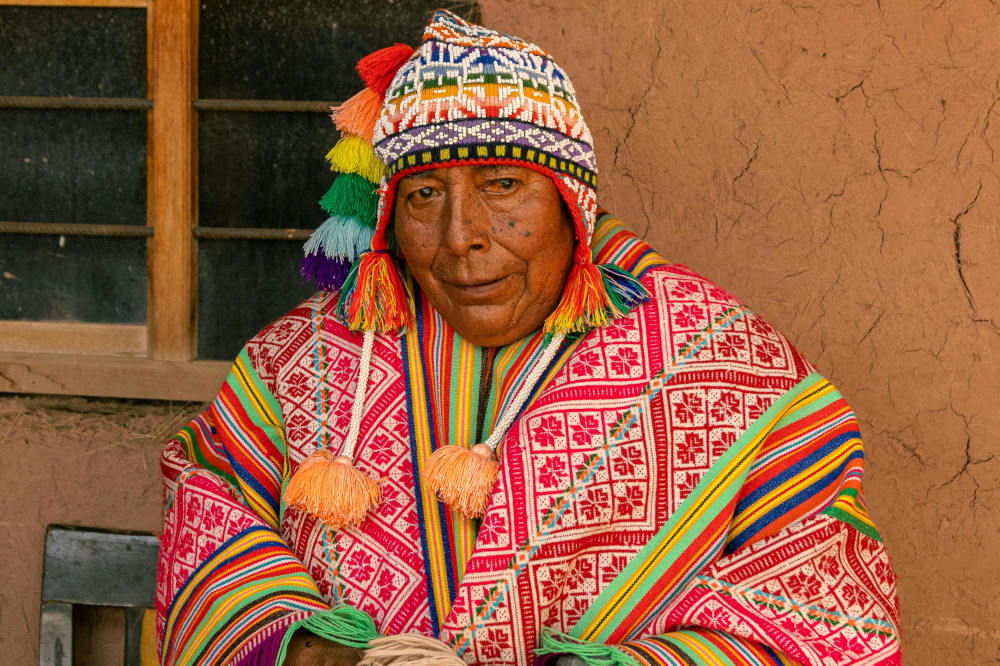
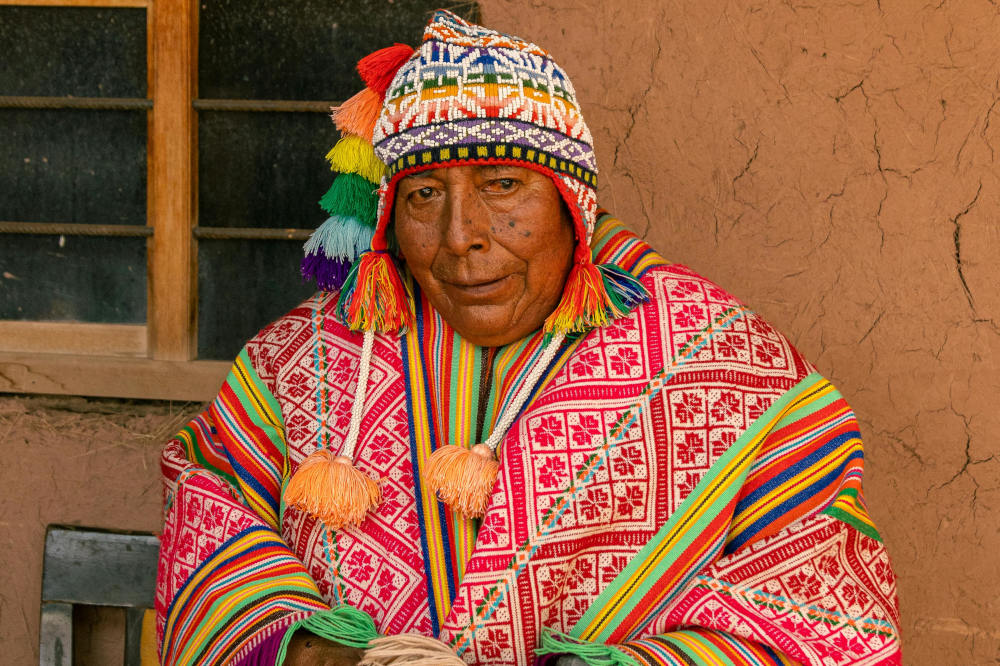
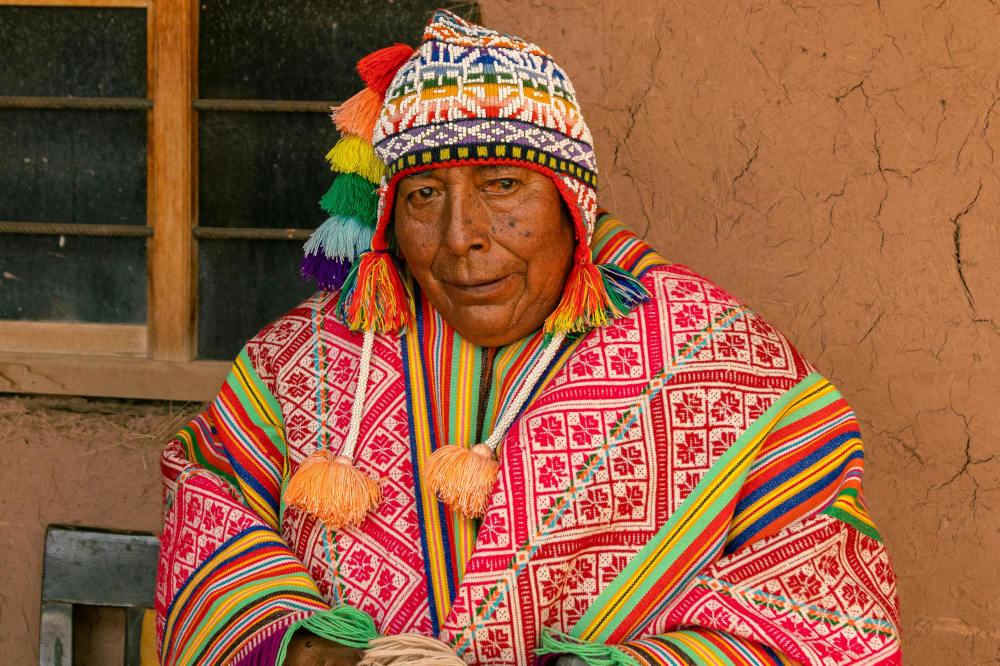

0 Kommentare